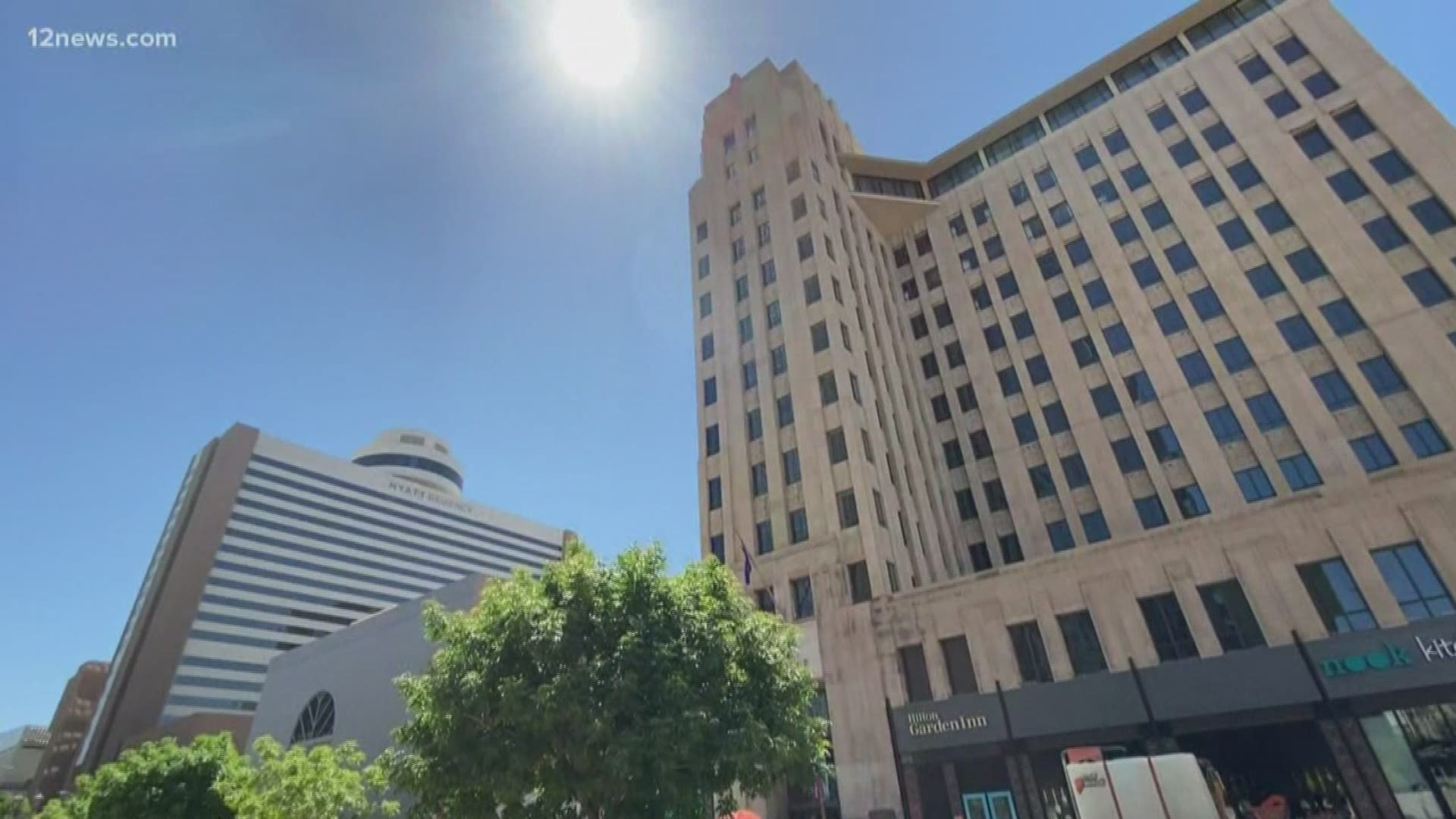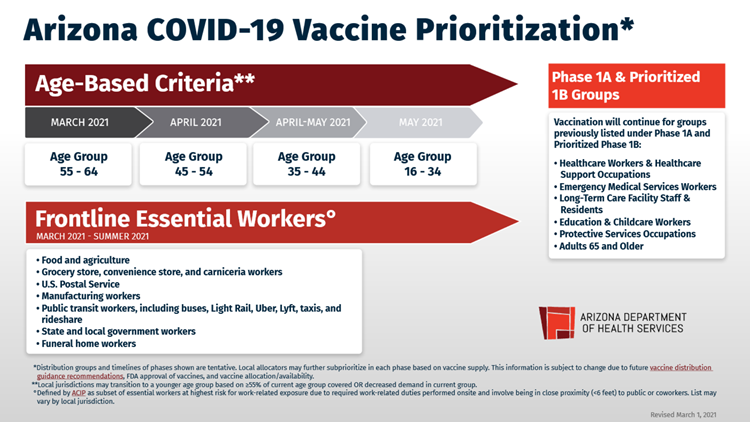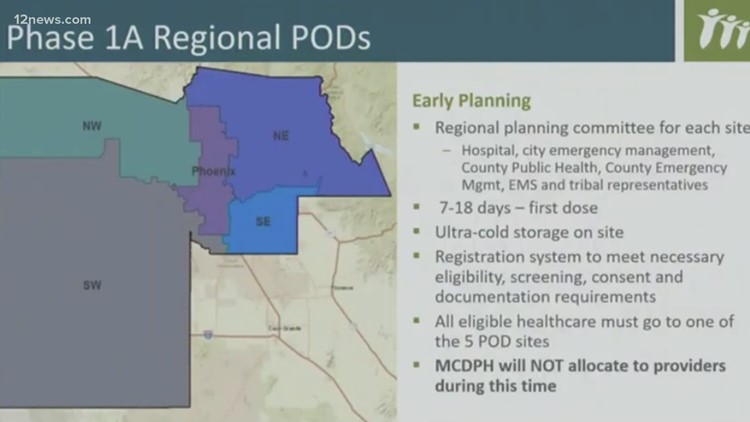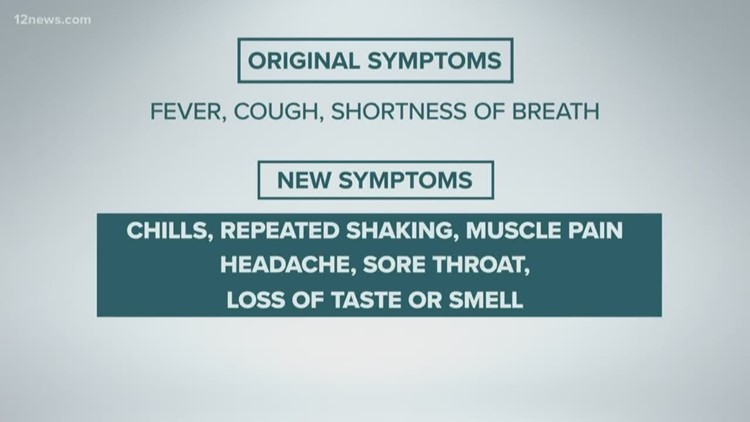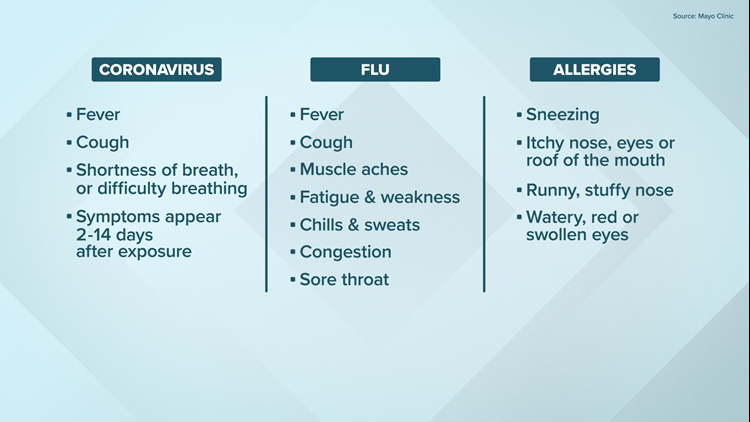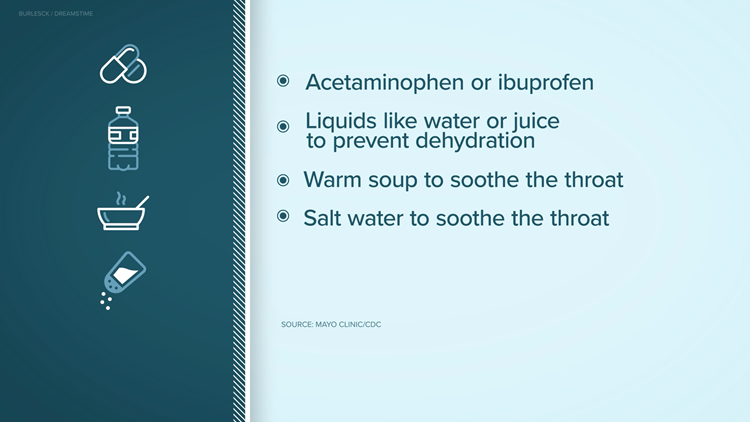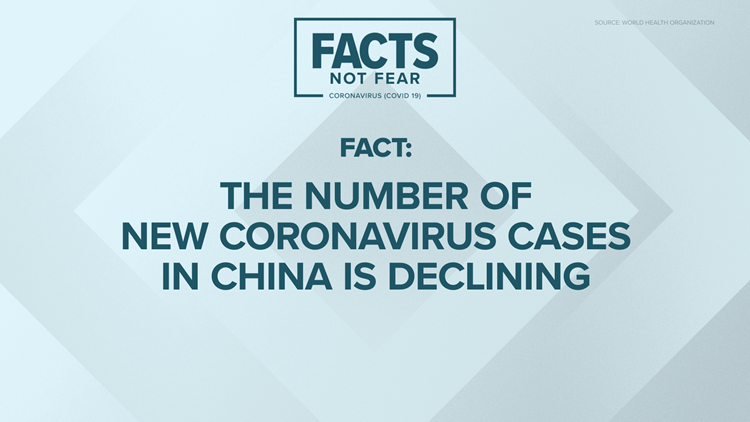There is a lot of news regarding the coronavirus in Arizona.
In an effort to track the changes, 12 News has started a daily live blog.
Here is the live blog for Sunday, April 26.
Major updates:
- There are now 6,526 confirmed cases of coronavirus in Arizona as of Sunday morning.
- 275 people have died from the virus or complications related to the virus in Arizona, as of Sunday morning.
- The state does not record how many people have recovered.
- Arizona's stay-at-home order expires next Thursday, April 30.
- Scroll down to see how many cases are in each ZIP code in Arizona.
- The Navajo Nation is under a 57-hour curfew
Need to know:
- Here’s how to get tested for coronavirus in Arizona
- Concern grows for people quarantined with abusers
- How to prepare for an unexpected hospitalization amid COVID-19 spread
There are now 6,526 confirmed cases of coronavirus in Arizona, 275 deaths
There are now 6,526 confirmed cases of coronavirus in Arizona, with 275 coronavirus-related deaths, according to the state's latest numbers.
Cases are up from 6,280 confirmed cases on Saturday with 273 deaths.
One week ago, there were 4,929 cases and 184 deaths in Arizona.
Here's a county breakdown:
- Maricopa: 3,359
- Pima: 1,136
- Pinal: 342
- Coconino: 420
- Navajo: 625
- Apache: 336
- Mohave: 88
- La Paz: 7
- Yuma: 51
- Graham: 7
- Cochise: 36
- Santa Cruz: 30
- Yavapai: 76
- Gila: 11
- Greenlee: 2

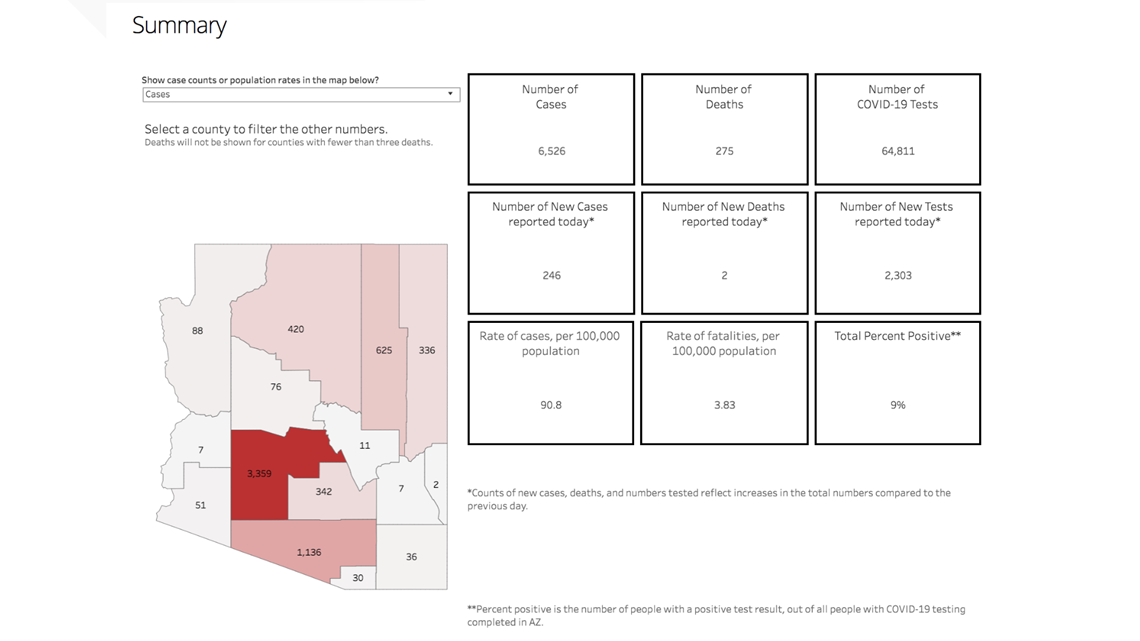
Maricopa County has the most cases in the state. On Sunday morning, the county reported 121 total deaths, up one from the previous day. Of the county's 3,351 cases, 18% have been hospitalized and 5% have been admitted to the intensive care unit.
Arizona releases ZIP code locations of coronavirus cases, other data
The AZDHS website now features the location of confirmed cases in Arizona by zip code.
You can see the current ZIP code map below and can find yours by clicking around or searching for your ZIP code in the top right of the map.
Of the 6,526 cases, 30% are white, non-Hispanic individuals, 17% are Hispanic or Latino and 13% are Native American. The race/ethnicity is unknown in 34% of cases.
Most cases in Arizona are in the 20-44 age group with 2,411. The 65 and older age group is next with 1,613 cases.

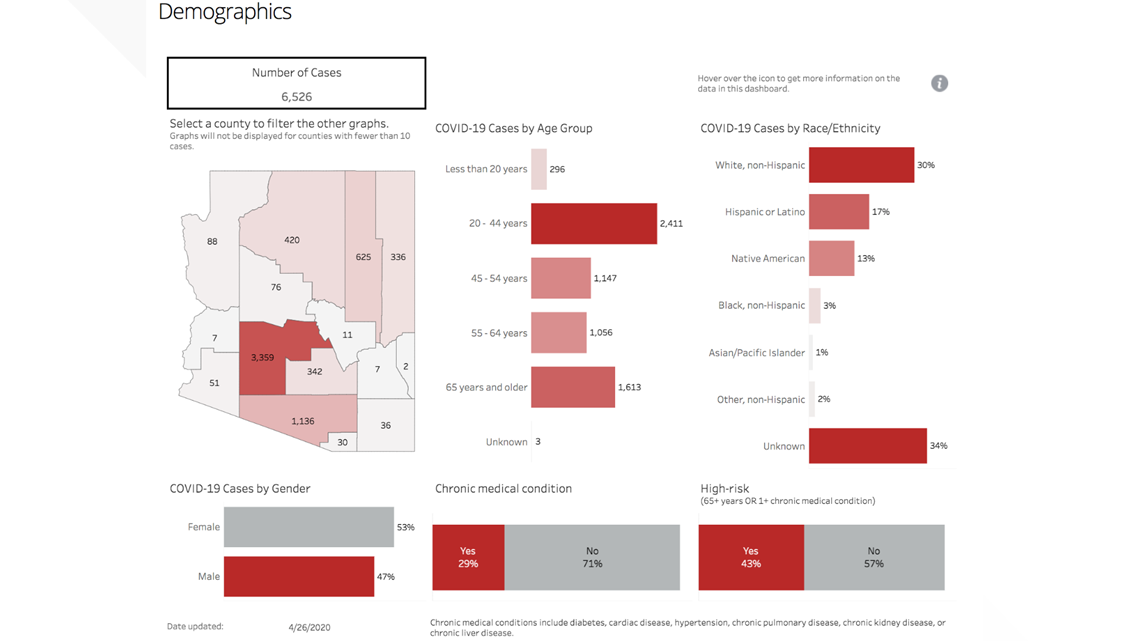
Maricopa, Pima and Coconino counties have the most deaths in the state. Of Arizona's 275 deaths, 49% were white, non-Hispanic individuals, 20% were Native Americans and 13% were Hispanic or Latino.
208 of the 275 deaths have been people 65 and older. Nine people in the 20-44 age group have died.

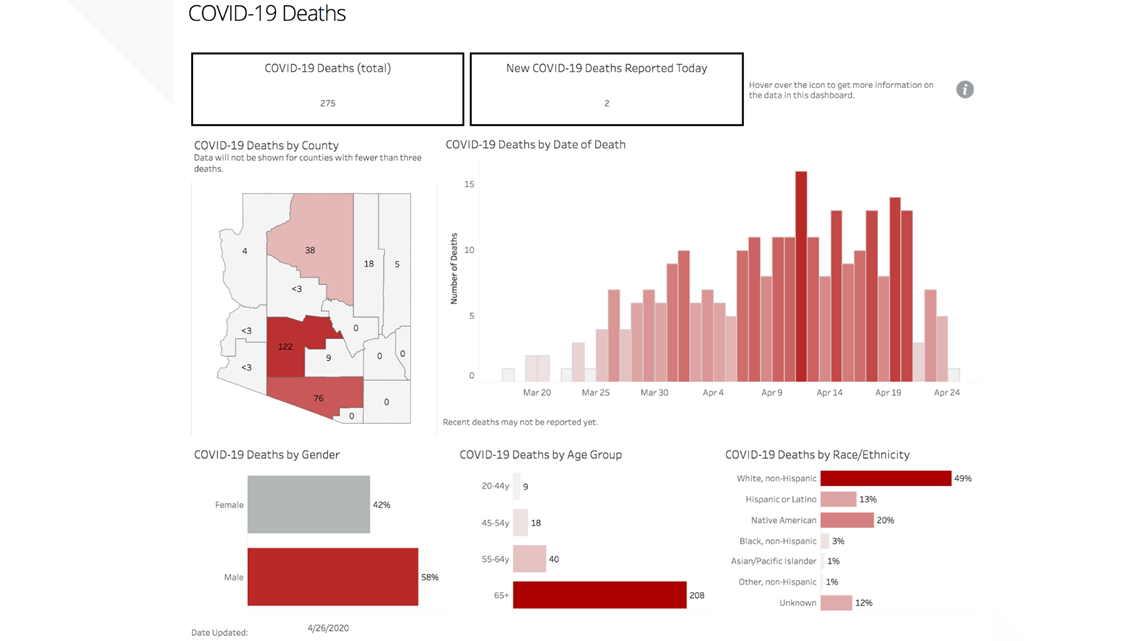
Mohave County confirms eight new people test positive for COVID-19
The Mohave County Health Department (MCDPH) Nursing staff has confirmed eight new people in the county have tested positive for COVID-19. Seven of the residents reside in the Kingman area and one is in Lake Havasu City.
This brings the number of people who have tested positive to 96, including 4 deaths. The county area breakdown now rests at 27 people testing positive in the Lake Havasu City area, including three deaths, 59 in Kingman, with one death and 10 in Bullhead City.
Navajo Nation under curfew
The Navajo Nation is under a mandatory 57-hour curfew due to the widespread numbers of COVID-19 that started at 8 p.m. Friday.
The curfew has been reoccurring for the last several weeks, but President Jonathan Nez issued an executive order on Wednesday that extended the state of emergency declaration through May 17.
The curfew is in effect from 8 p.m. to 5 a.m. During that time Navajo citizens have been ordered to stay home and limit leaving only for "essential activities."
The total number of positive COVID-19 cases for the Navajo Nation has reached 1,637 as of Saturday April 25, up 97 cases from the day before. There is a total of 7,393 negative test results. In total, 58 people in the Navajo Nation have died due to coronavirus.
New official COVID-19 symptoms include:
- Chills
- Repeated shaking with chills
- Muscle pain
- Headache
- Sore throat
- New loss of taste or smell
Previously, the only official symptoms of coronavirus were fever, cough and shortness of breath. The CDC updated its original symptom "shortness of breath" to "shortness of breath or difficulty breathing."
COVID-19 is believed to be primarily spread through coughs or sneezes.
It may be possible for the virus to spread by touching a surface or object with the virus and then a person touching their mouth, nose or eyes, but this is not thought to be the main method of spread, the CDC says.
You should consult your doctor if you traveled to an area currently affected by COVID-19 and feel sick with fever, cough or difficulty breathing.
There is no vaccine for the coronavirus, so the best way to prevent COVID-19 and other respiratory diseases is to:
- Avoid close contact with people who are sick.
- Avoid touching your eyes, nose, and mouth.
- Stay home when you are sick.
- Cover your cough or sneeze with a tissue, then throw the tissue in the trash.
- Clean and disinfect frequently-touched objects and surfaces using a regular household cleaning spray or wipe.
- Wash your hands often with soap and water for at least 20 seconds. If soap and water are not readily available, use an alcohol-based hand sanitizer.
You can text FACTS to 602-444-1212 to receive more information on the coronavirus and to ask questions.

